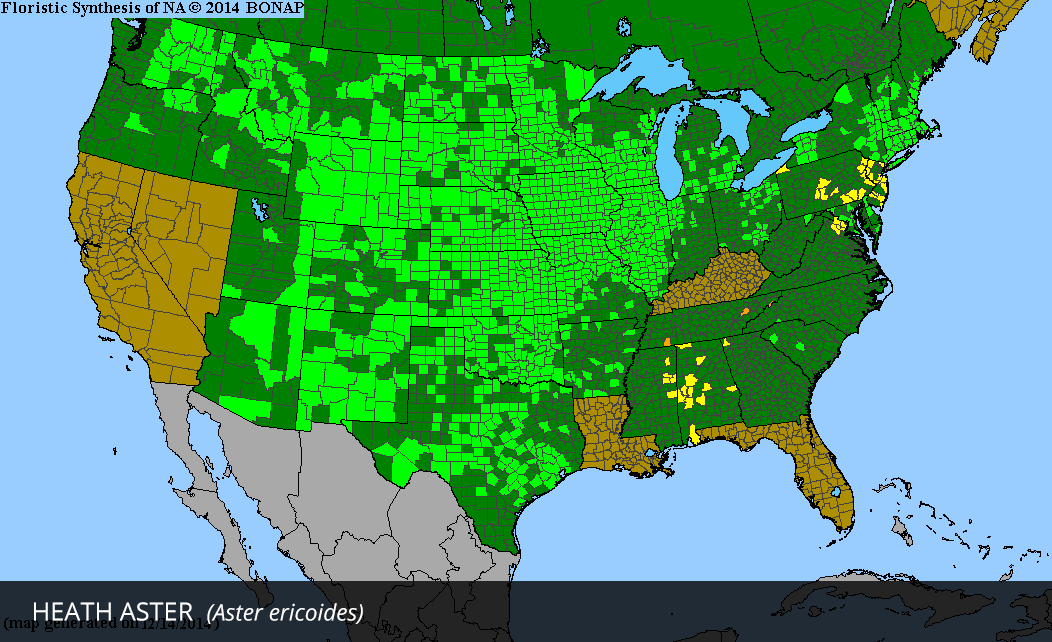Heath Aster
Heath Aster thrives on the driest sand and gravel soils, and produces a blizzard of small white flowers in late summer and early fall. Plants can be from 1’– 3’ feet high and have a narrow, upright habit. The stems are wiry, branching, and covered in small glossy green, needle-like leaves …
| Soil Type | Loam, Sand |
|---|---|
| Soil Moisture | Dry, Medium |
| Sun Exposure | Full Sun |
| Height | 1' - 3' |
| Bloom Color | White |
| Bloom Time | Aug, Sep, Oct |
| Spacing | 1' |
| Zones | 3, 4, 5, 6, 7, 8, 9 |
| Root Type | Rhizome |
| Benefits | Birds, Butterflies, Pollinators, Host Plant |
Heath Aster (Aster ericoides) thrives on the driest sand and gravel soils, and produces a blizzard of small white flowers in late summer and early fall. Plants can be from 1’– 3’ feet high and have a narrow, upright habit. The stems are wiry, branching, and covered in small glossy green, needle-like leaves.
One of our longest-lived native asters, Heath Aster creeps by rhizomes to form patches and spreads by self-seeding as well. It can spread agressively given the opportunity to do so. Native throughout most of the U.S. this tough plant thrives in some harsh conditions. Dry, sandy, rocky soils are its favorite, but this adaptable aster will grow in any reasonably well-drained soil. Plant it with Sky Blue Aster and Smooth Aster for some rich fall color!
A great source of nectar for late season pollinators, this aster is also a host plant for the Pearl Crescent butterfly and the Wavy-Lined Emerald moth.




